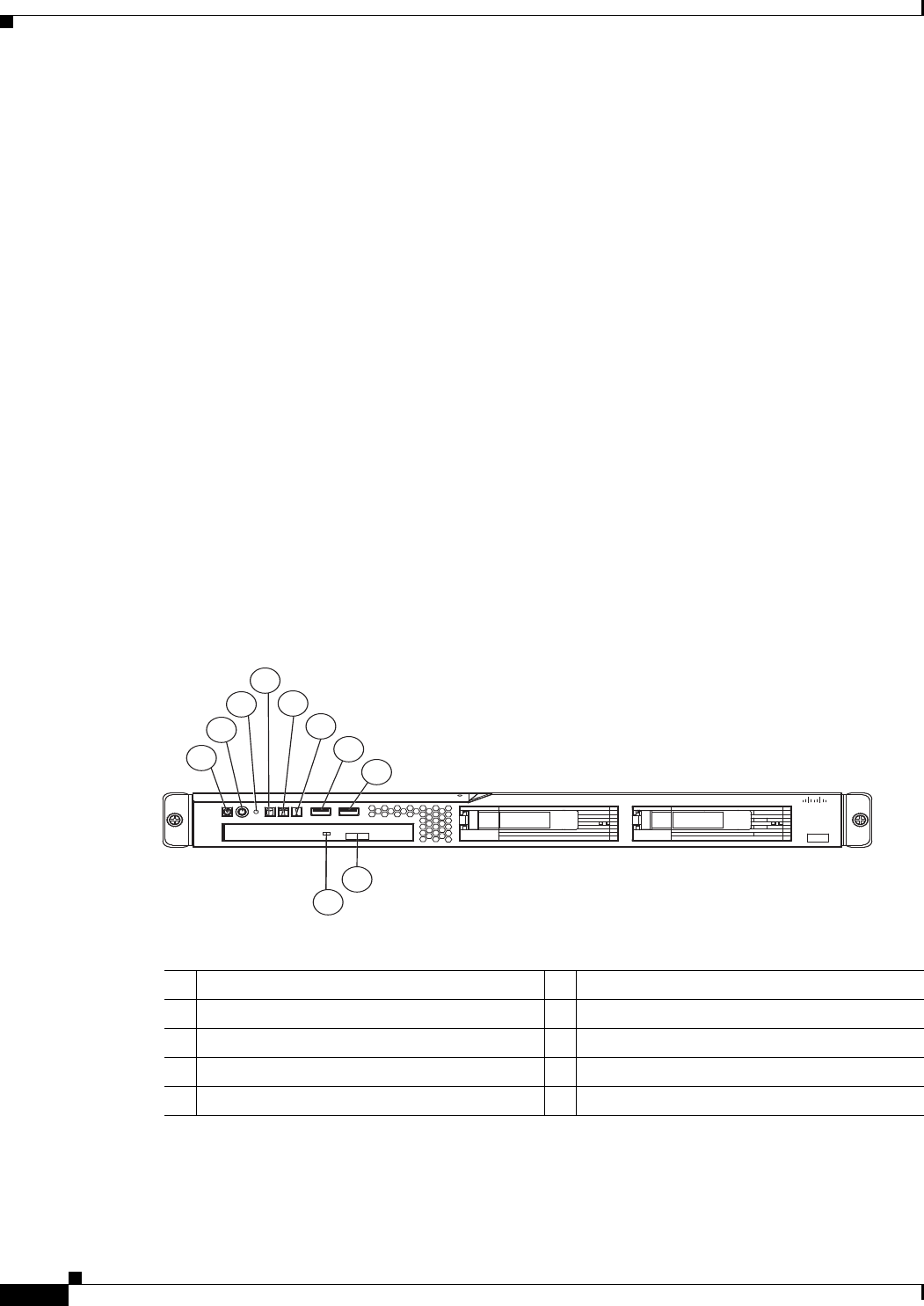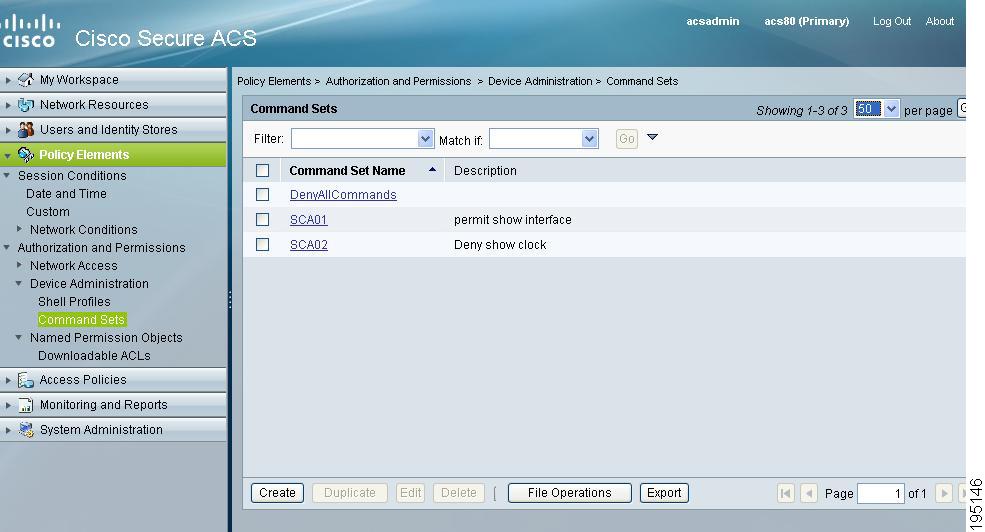
The security challenges in industrial IoT enabled cyber-physical systems was summarized in, which highlighted the security in data mining and big data under Cisco IoT framework. Recently, the research on the IoT solutions have taken security into account in different layers. Policies and services about generation, renewal, discovery, reporting, escrow, rollover, destruction and revocation for keys and certificates are usually highlighted during the design process. Lastly, key management is of great importance which involves creating, renewing, transferring and accounting for cryptographic items in lightweight, resource constrained IoT devices.

In this sense, security policies including hardware security, data encryption, secure routing, risk assessment, intrusion detection, anti-malware solution, firewall and trust management are usually considered from the perspectives of perception, transportation and application levels when the practical IoT application is designed. Thirdly, security model is a critical enabling factor that should be paid attention to for creating a trustworthy and interoperable IoT system. Secondly, in order to achieve the automatic identification of resource depletion and unauthorized access, anomaly detection is proposed, which is generally categorized into three different ways, namely, unsupervised anomaly detection, supervised anomaly detection and semi-supervised anomaly detection. In addition, such access control schemes are widely used in implantable medical devices, body area networks, smart gird with renewable energy resources, smart home, and industrial networked systems. Firstly, for access control schemes in IoT, a large and intensive research effort is devoted to the access control architecture, the type of keys used to secure the communication channel, the access control channel, and the access control logic. The research on the first one is currently directed at four critical areas including access control schemes, anomaly detection, security model and key management to achieve the high levels of security. The first one is the security schemes and policies study for resource-constrained IoT systems, while the second one is the design and implementation of security solution for IoT applications. Currently, there are two main fields of security research in the existing work. Meanwhile, the considerations for security and privacy in these large-scale systems have become a great challenge that cannot be neglected in face of aggressive assault from network attackers.
Cisco secure access control system acs 5.3 tutorial software#
application on a Windows server – a software package installed on a Windows system.The appliance comes with the ACS software preinstalled. hardware appliance – a physical appliance that can be purchased from Cisco.

ACS server can also use an external user database (such as Microsoft Active Directory) for authentication purposes.Īn example ACS deployment scenario can be seen in the picture below (image source: Cisco): This way, you can avoid creating the same users locally on every router and switch in your network. Users are created locally on the ACS server and the routers and switches are configured to use ACS for authentication and authorization.

network admission control – communicates with posture and audit servers to enforce admission control policies.ĪCS is usually used to centrally manage the users and control what they are authorized to do.wireless – authenticates and authorizes wireless users and hosts and enforces wireless policies.remote access – it can work with remote network access devices to enforce access policies.device administration – authenticates administrators, authorizes commands, and provides accounting functions.Cisco Access Control Server (ACS) is an authentication, authorization, and accounting (AAA) platform that lets you centrally manage access to network resources for a variety of access types, devices, and user groups.


 0 kommentar(er)
0 kommentar(er)
